In Japan, there are seven gods who have been familiar to people since ancient times. They are called the “Seven Lucky Gods,” and it is said that there are benefits to visiting each of the gods. For this reason, there is a custom among Japanese people of enjoying visiting shrines where the Seven Lucky Gods are enshrined. You can visit the shrines with the Seven Lucky Gods in one day even in Kita-Senju! This time, we will introduce the shrines where you can visit the Seven Lucky Gods in Kita-Senju, as well as rest spots along the way.
What are the Seven Lucky Gods?
In Japan, there is a saying, “eight million gods,” and there is a custom of believing that gods dwell in familiar things, such as “mountain gods” and “sacred trees.” Among them, the seven gods called “Seven Lucky Gods” are very familiar to Japanese people. The number “7” is considered lucky in foreign countries, but in fact, in Japan, it is also considered a lucky number, referred to as “Lucky Seven.” The Seven Lucky Gods are known as symbols that bring various forms of “fortune.”
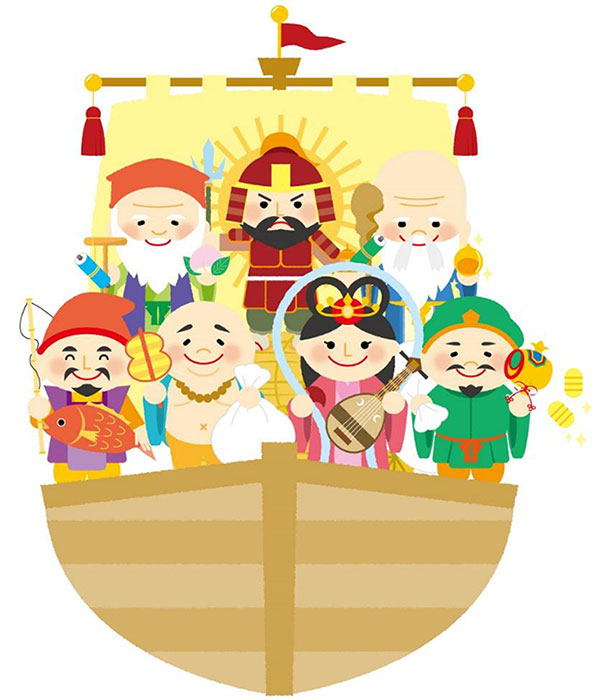
In Kita-Senju, there is a shrine that houses the statues of the Seven Lucky Gods, and there is a legend that visiting all of them will bring good fortune. Would you like to enjoy visiting the Seven Lucky Gods while strolling through the streets of Kita-Senju?
A) Senjyu Motohikawa jinja Shrine
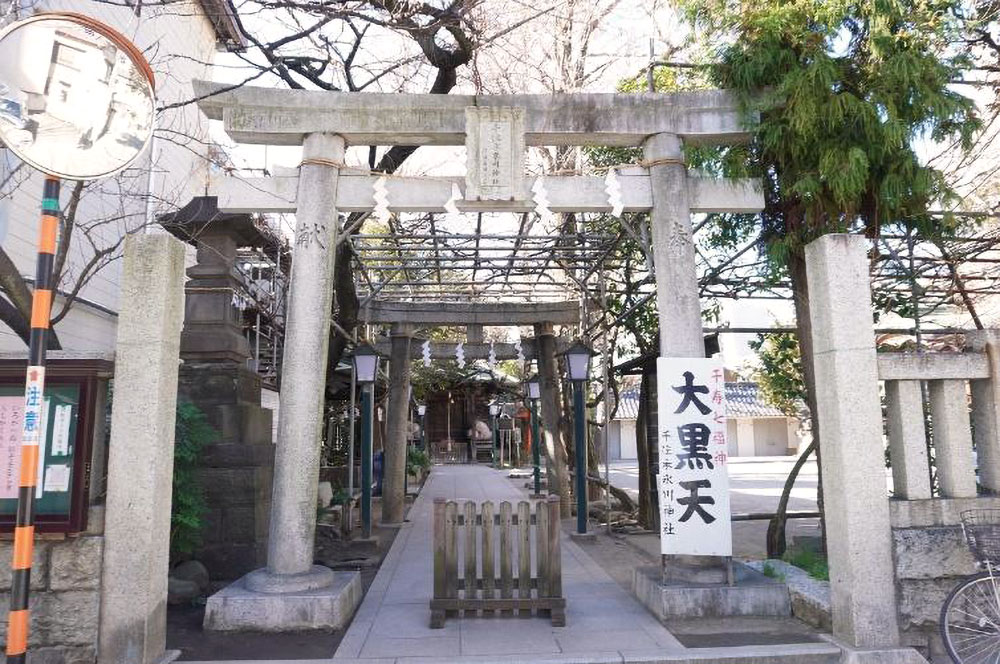
Senju Motohikawa Shrine is a 5-minute walk from Kita-Senju Station and located in a corner of a residential area.
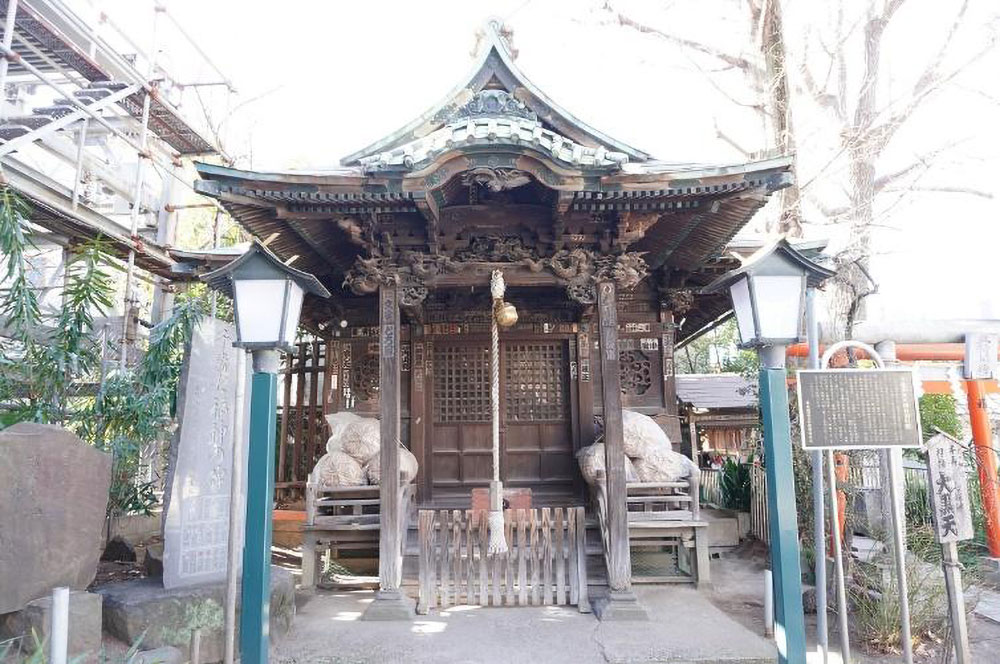
- Adress:3-22 Senju, Adachi-ku, Tokyo
B) Okawacho Hikawa-jinja shrine
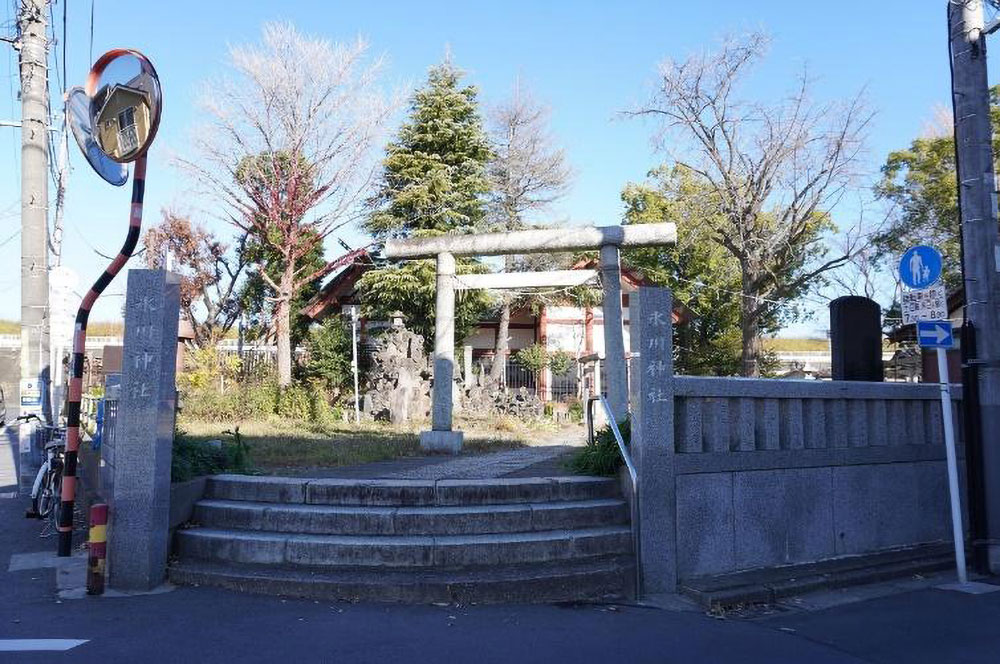
Walking along the Arakawa River, there is a lush green area in a quiet residential neighborhood. It’s a 15-minute walk from the station, and its location slightly away from the bustling area gives it a very quiet and solemn atmosphere.
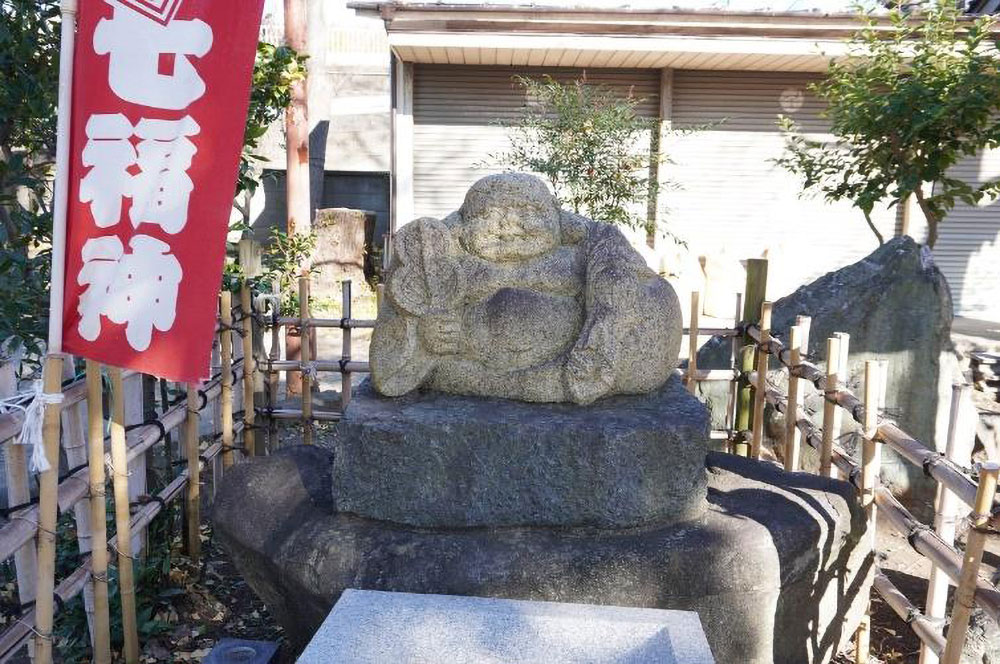
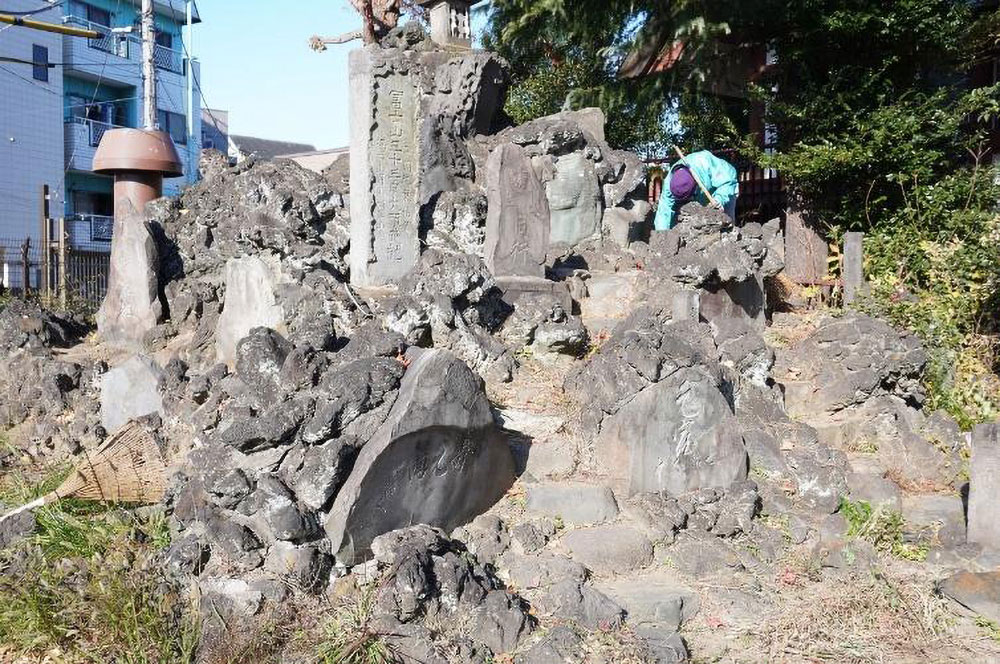
In Japan, the number of people who worshiped Mt. Fuji increased in the mid-Edo period, but in an era without cars or trains, walking from Edo (Tokyo) to Mt. Fuji was extremely difficult. So, they used lava from Mt. Fuji to create “Fujizuka” in familiar places, and climbing this was considered equivalent to climbing Mt. Fuji. When you visit, would you like to try climbing it?
- Adress:12-3 Okawacho, Adachi-ku, Tokyo
C) Motojuku-jinja shrine
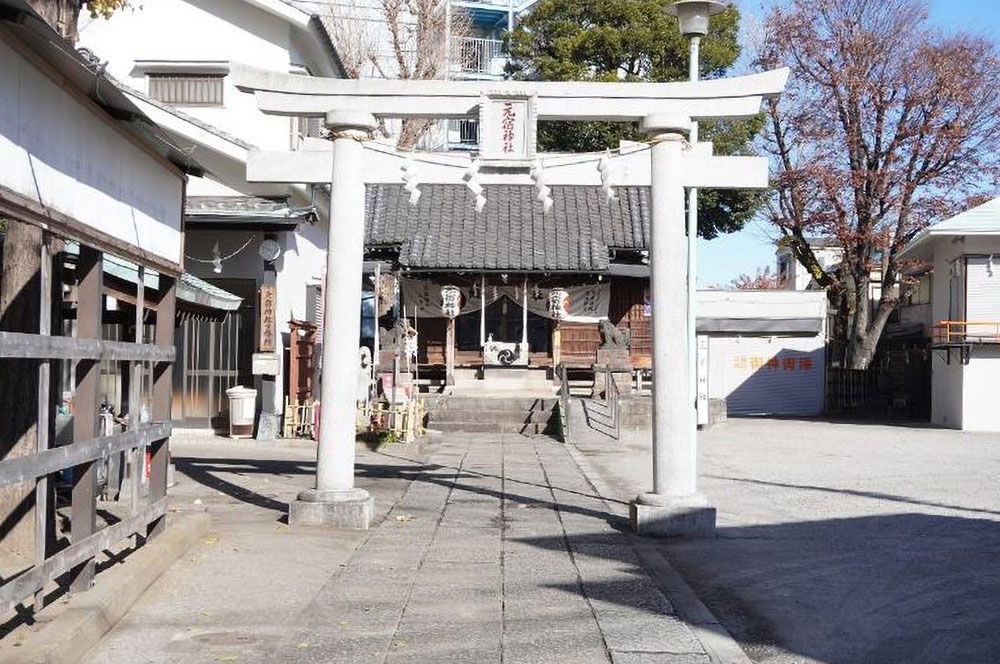
It is a shrine located near a university and an apartment building. If you go down a narrow alley, you will see a magnificent torii gate.
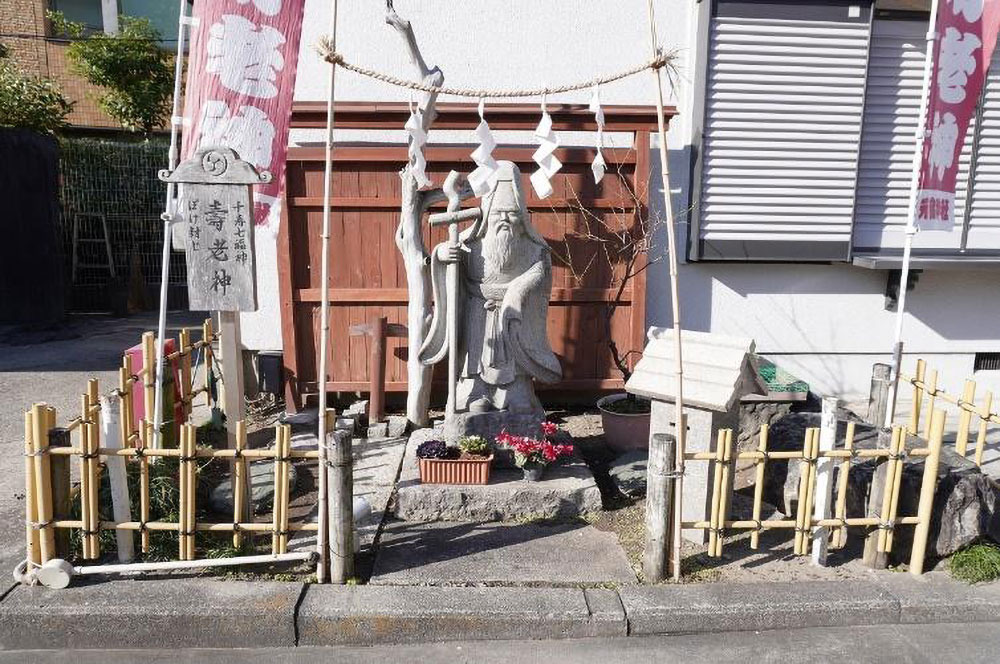
At Japanese shrines, there is a “temizu,” a water basin for cleansing your hands. At Motojuku Shrine here, there was a “hanachozu,” a temizu decorated with flowers.
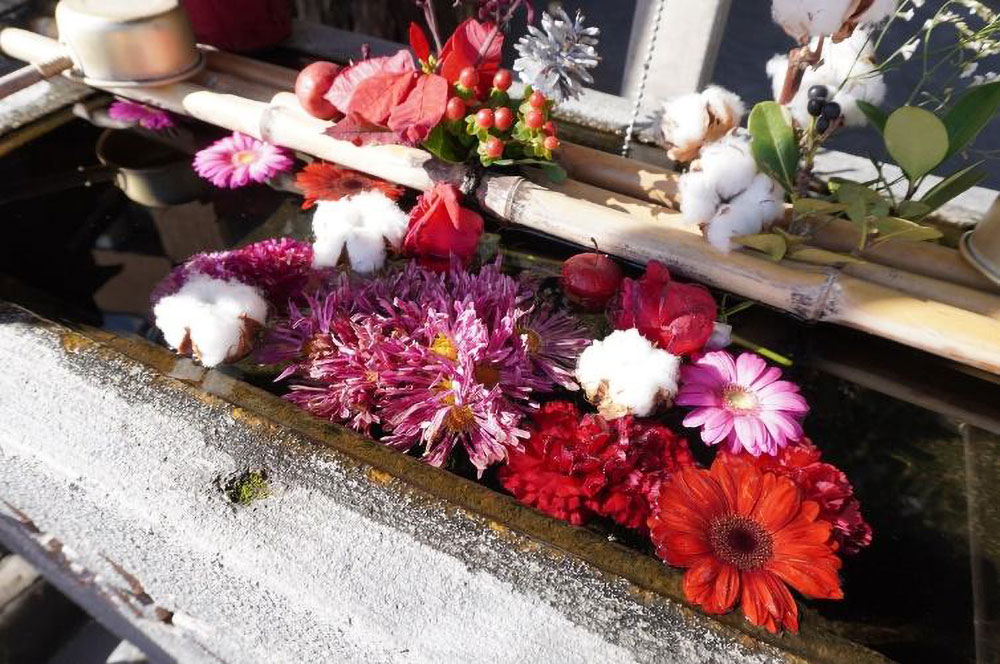
I am healed by the vibrant flower basin.
- Adress:33-4 Senju Motomachi, Adachi City, Tokyo
drop-in spot
D) Milk Hall Mocha
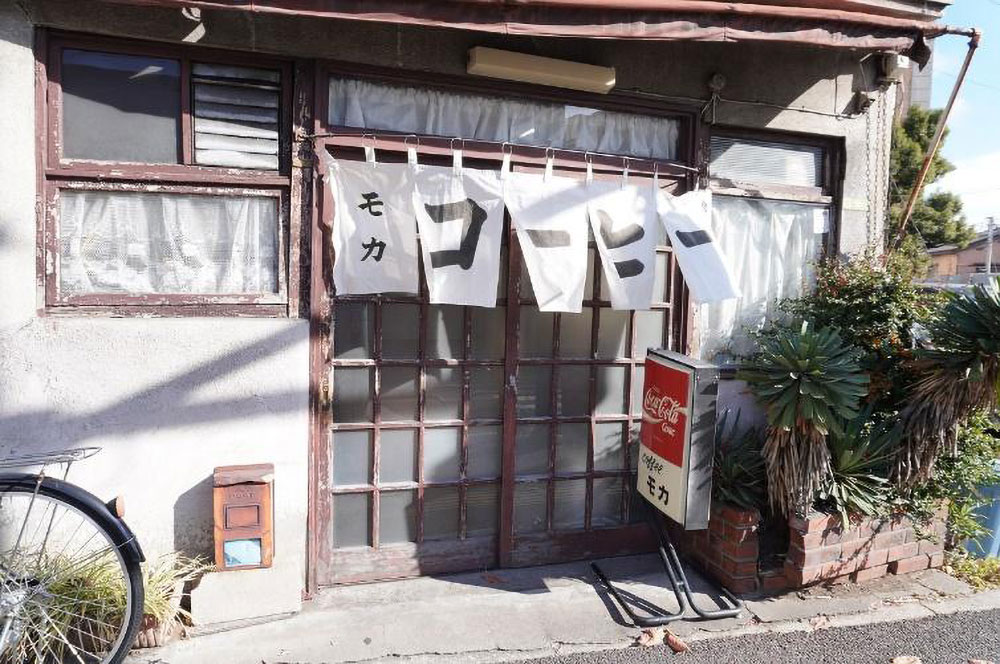
After visiting three shrines, you might be ready for a little break. In that case, I recommend the coffee shop “Moka,” which is very close to Motojyuku Shrine. The building has an old-fashioned feel, and the entrance has a Japanese-style noren curtain, so it looks like a Japanese restaurant, but inside it’s a classic coffee shop. The owner will greet you with a smile.
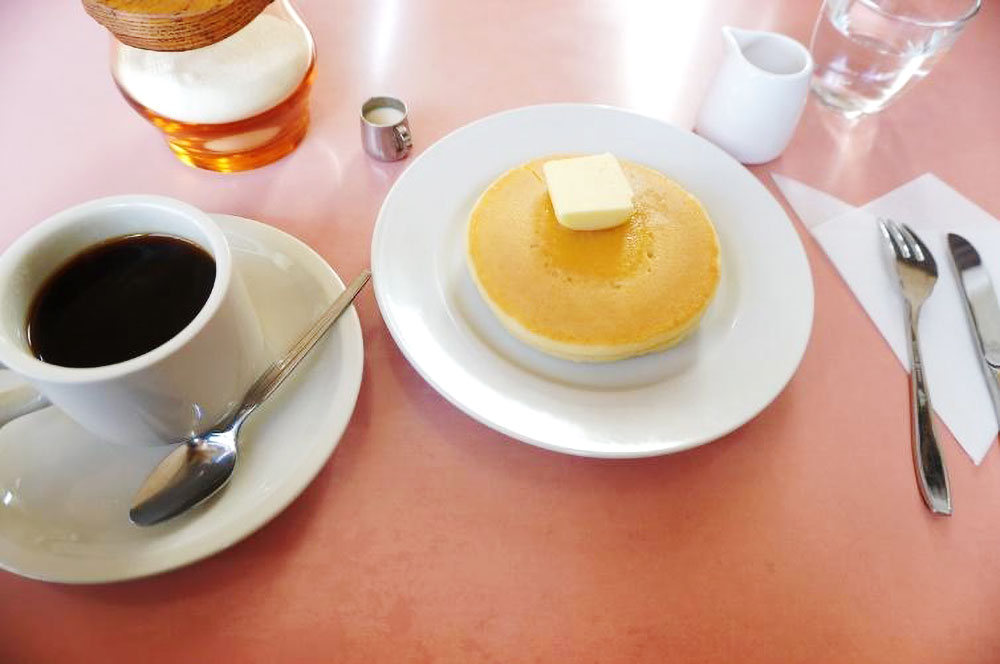
This time I ordered coffee and pancakes. The rich coffee and sweet pancakes were a perfect match! You may want to stay longer in this relaxed atmosphere.
- Adress: 38-1 Senju Motomachi, Adachi City, Tokyo
E) Onigiri1010(Senju)
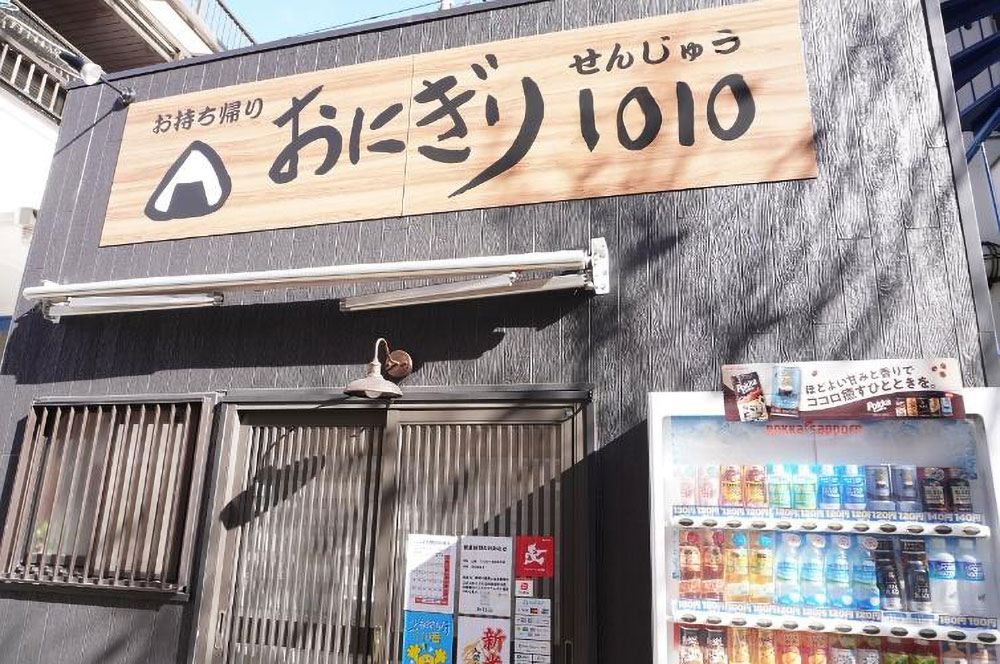
This is a takeout onigiri specialty store located along Route 461. There are over 30 kinds of onigiri, from standard flavors like plum and okaka to eel and roast beef.
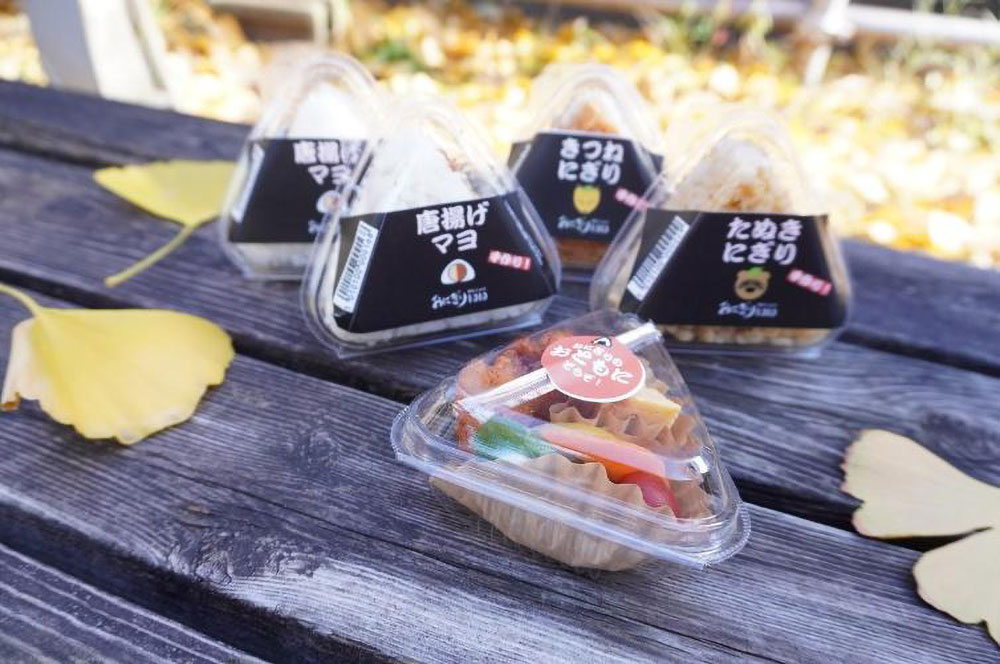
If you feel that just an onigiri isn’t enough, there are also sets with side dishes such as fried chicken and Japanese-style omelet.
- Adress:30-6 Senju Tatsutacho, Adachi City, Tokyo
- Opening hours:11:30~19:00 Closed on Sundays and public holidays.
F) Senju jinja Shrine
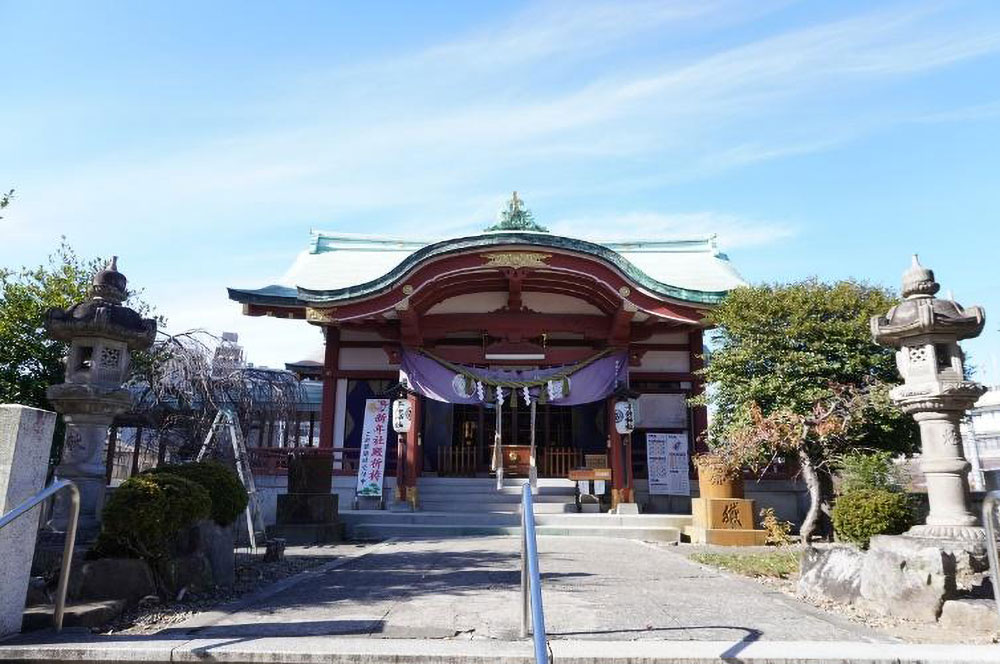
Among the shrines in Kitasenju, this Senju Shrine is the largest. It’s a place you’ll want to visit as a tourist spot.
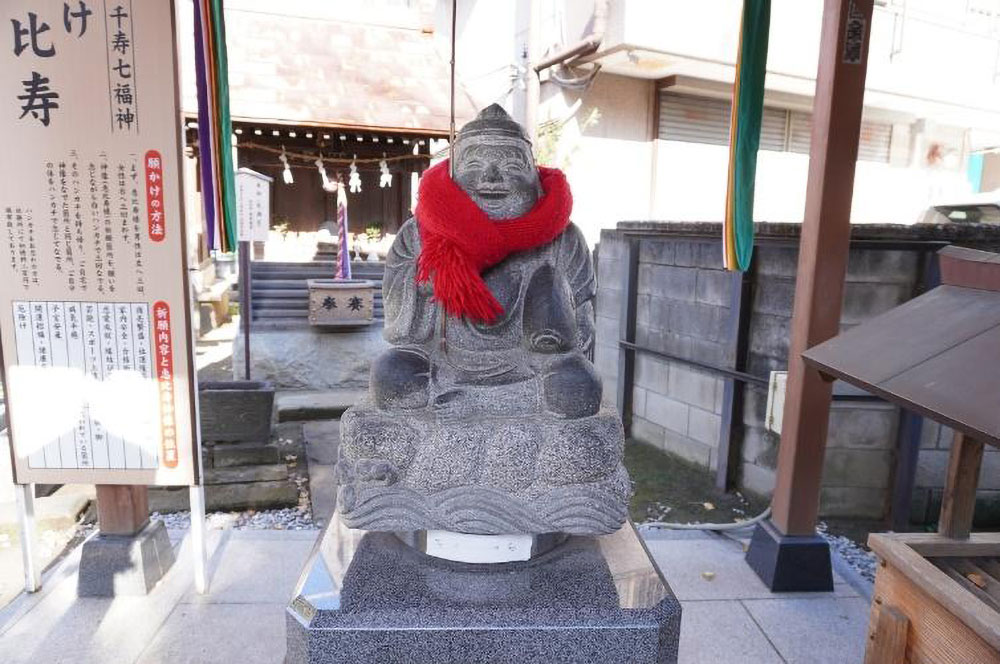
This Ebisu statue has a special “wish-making” ritual. ① Men turn the Ebisu statue 3 times to the left, and women turn it 3 times to the right. ② While stroking the part of your body you want to heal 3 times, say your wish into a white handkerchief. ③ Take the handkerchief home and stroke the same part of your body that corresponds to the area you stroked on the statue, 3 times a day. It is said that this will improve the stroked area. You can purchase a white handkerchief at the shrine office for 200 yen, so please give it a try.
- Adress:24-1 Senju Miyamotocho, Adachi City, Tokyo
G) Hachiman jinja Shrine
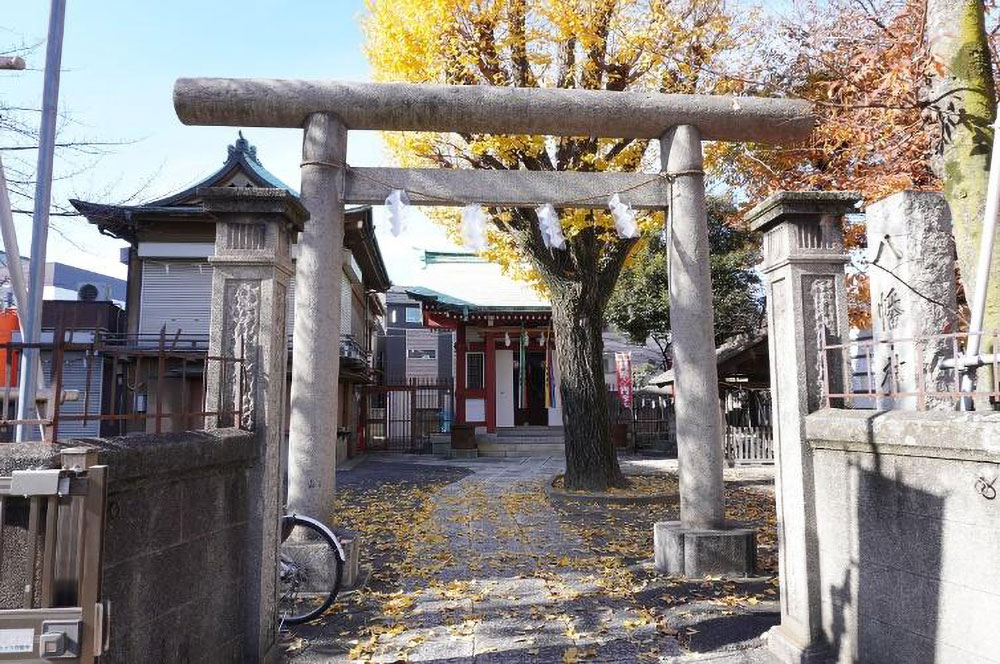
Hachiman Shrine is located along National Route 4.As you pass through the torii gate and head towards the main hall, there is a large ginkgo tree. On this day, many ginkgo leaves had fallen, making the shrine very beautiful.
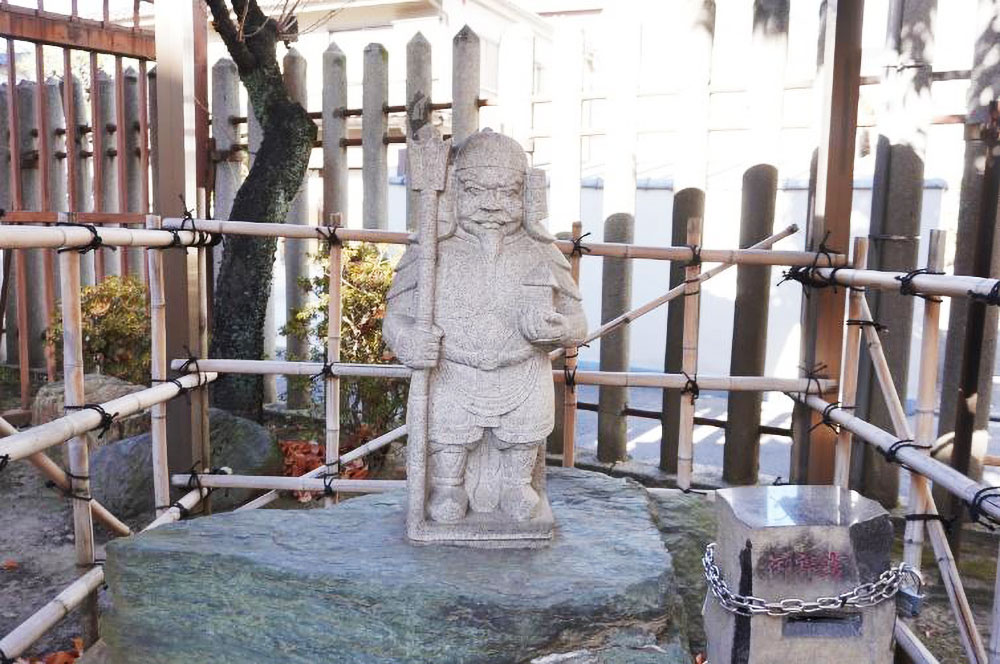
- Adress:3-8 Senju Miyamotocho, Adachi Ward, Tokyo
H) Kawaracho Inari jinja Shrine
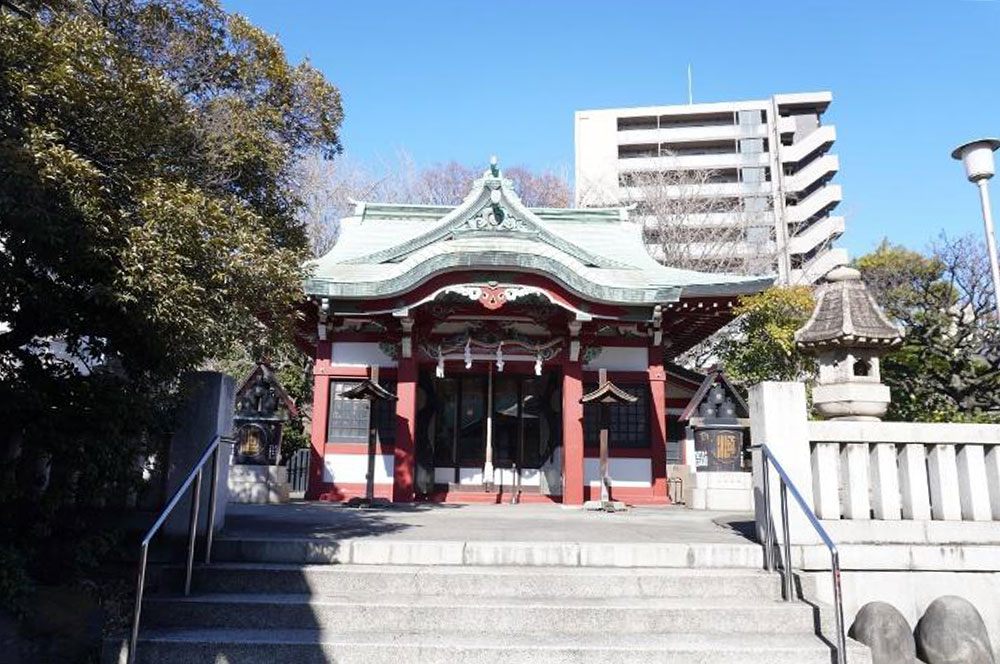
Kawaracho Inari Shrine has a beautiful red and white main hall.
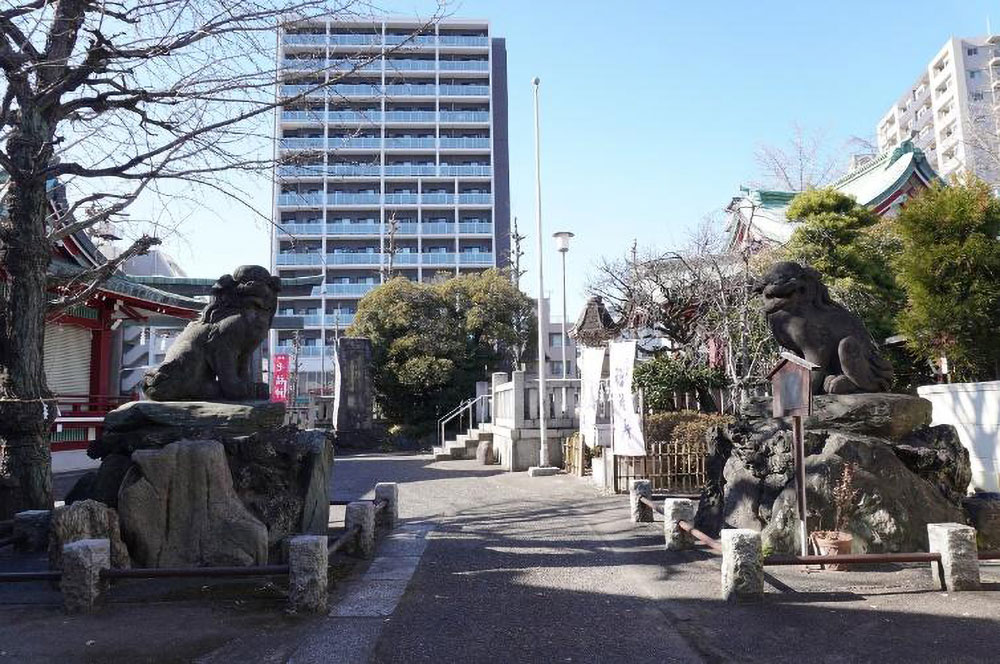
Generally, shrines have statues of mythical animals called “Komainu” in the main hall and on both sides of the entrance. This Inari Shrine has the largest Komainu statues of any shrine in Adachi Ward.
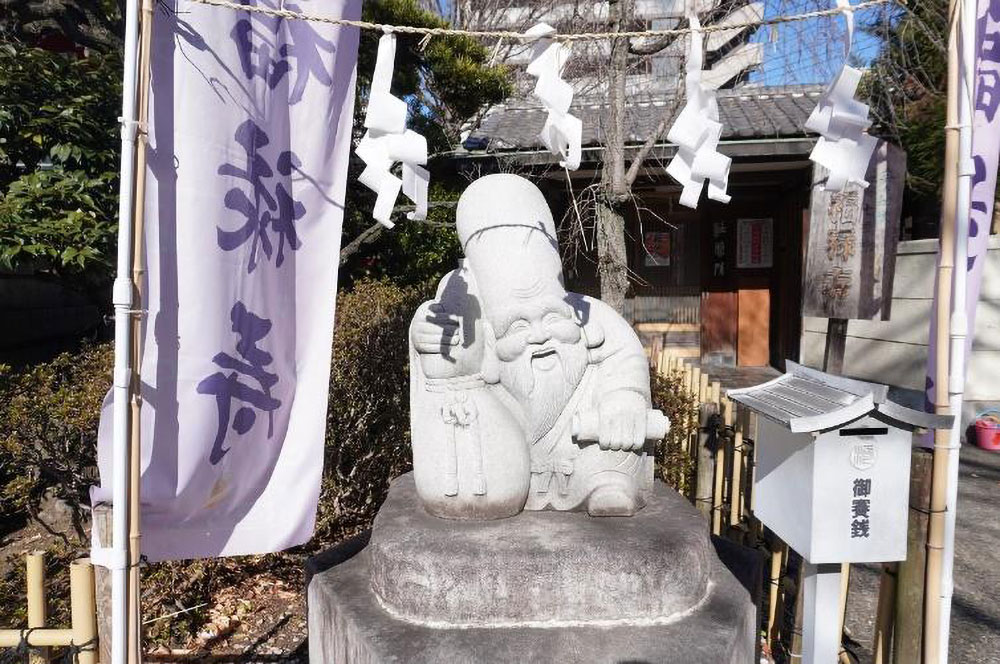
- Adress:10-13 Senjukawaramachi, Adachi City, Tokyo
I) Nakamachi Hikawa jinja Shrine
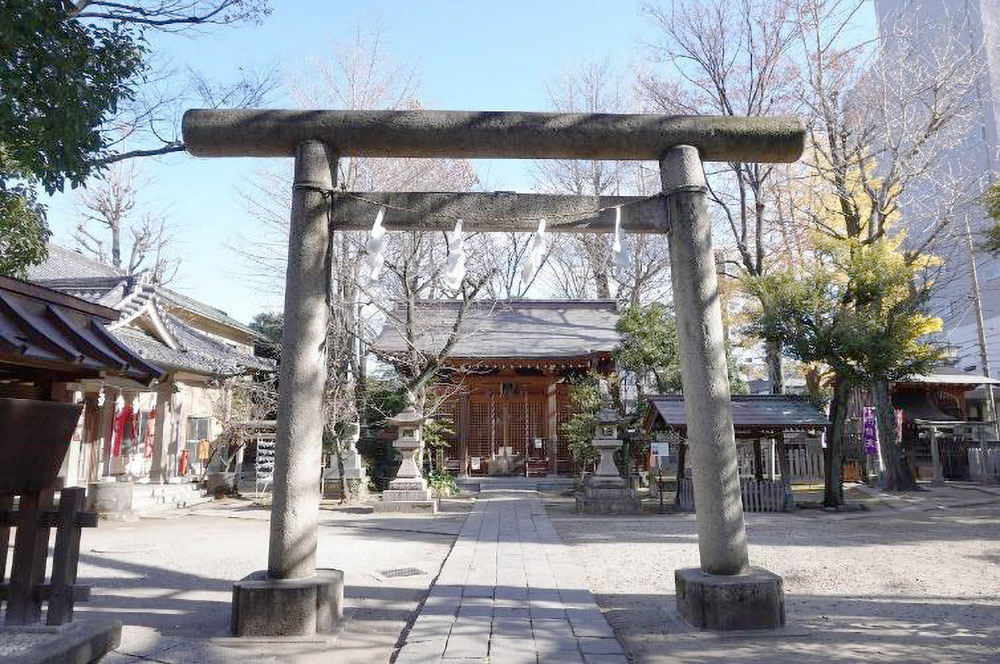
Hikawa Shrine is located just off Tokyo Metropolitan Route 461. It’s a quiet shrine next to and adjacent to Senju Nakamachi Park.
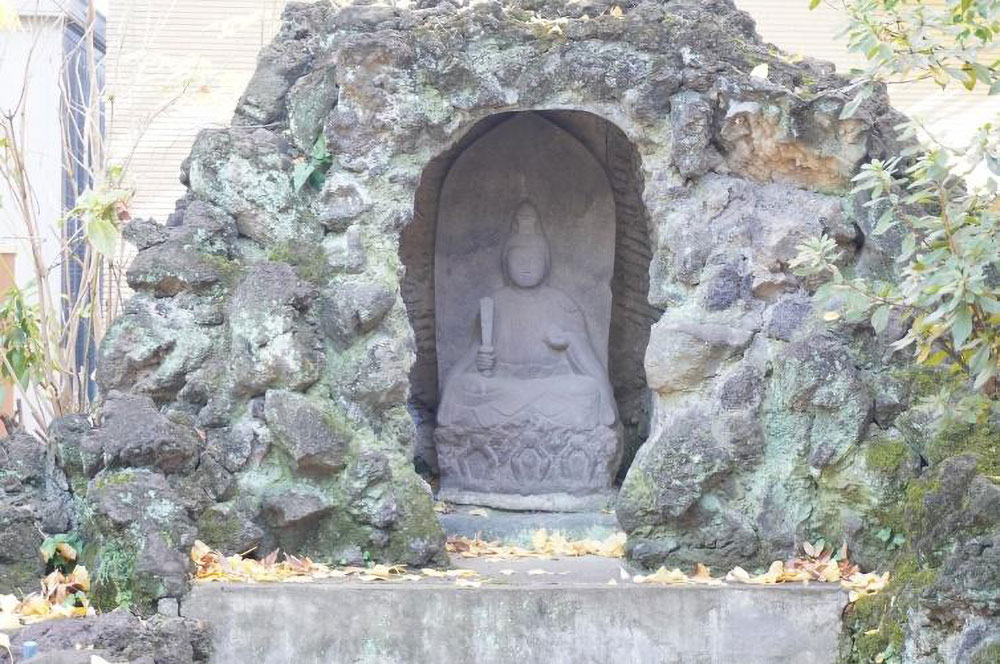
- Adress:48-2 Senju Nakamachi, Adachi Ward, Tokyo
J) Majima
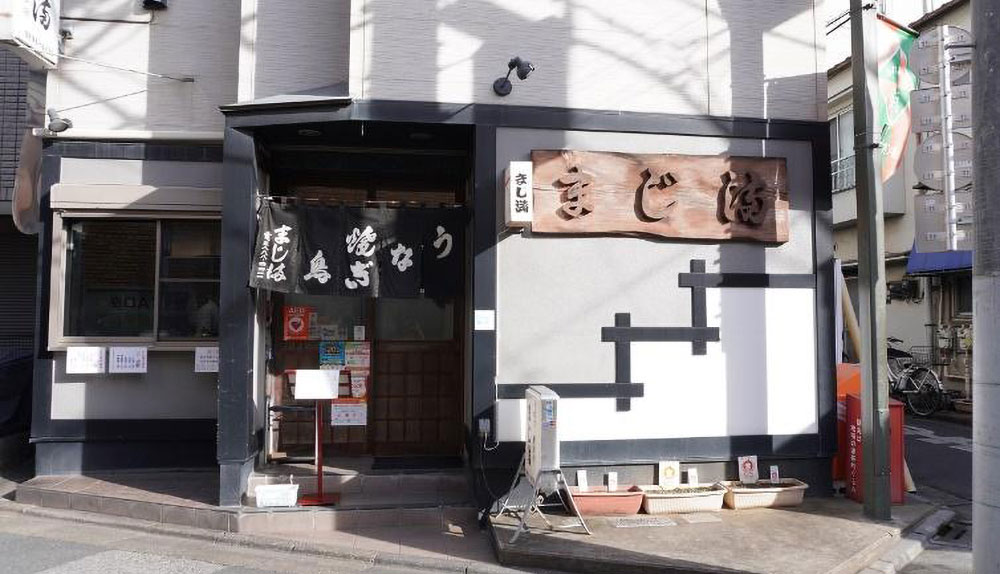
After finishing your tour of the Seven Lucky Gods, how about lunch? Majima is a restaurant that has long been loved by locals. It’s a restaurant famous for its delicious eel, but they offer a variety of meals during lunchtime. On this particular day, it was a weekday and bustling with office workers.
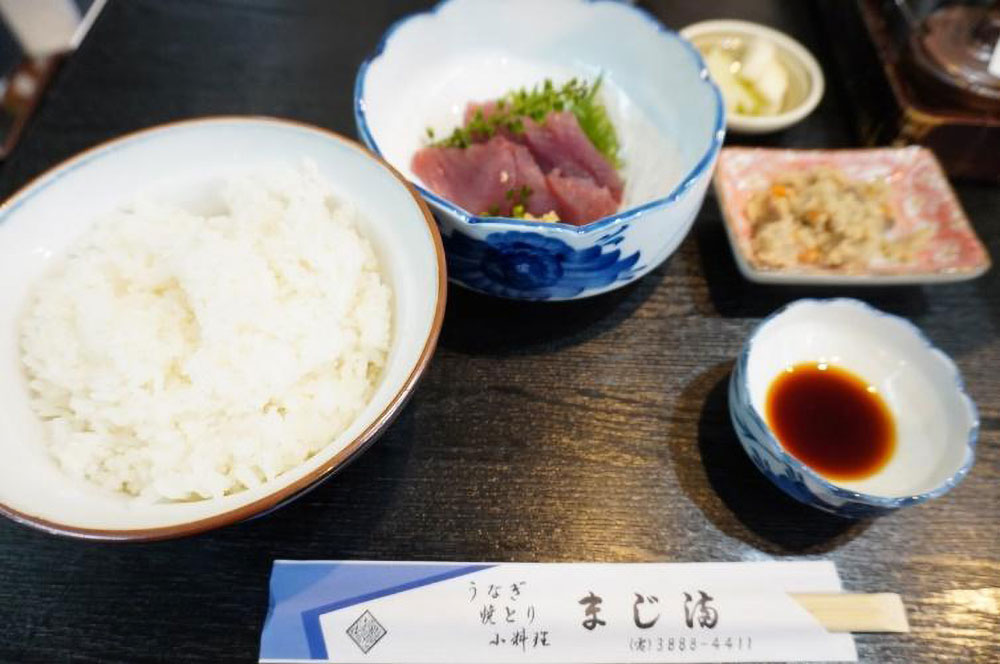
This time, I ordered the “Seared skipjack tuna set meal.” You can also enjoy Japanese-style lunches featuring seafood such as “White fish fry” and “Grilled saury with salt.”
- Adress:40-1 Senju Nakamachi, Adachi Ward, Tokyo
- TEL:03-3888-4411
- Opening hours:
- Saturdays, Sundays, and public holidays 11:00~21:00
- Weekday 11:00~14:00(L.O.13:30)、17:00~21:00(L.O.20:00)
Seven Lucky Gods
The Seven Lucky Gods introduced here offer various blessings.
- Daikokuten…Business prosperity, abundant harvest
- Hoteison… Husband and wife harmony, be blessed with a child
- Jurōjin… Family harmony, longevity
- Ebisuten…Prosperity in business, big catch of fish, safe voyage
- Bishamonten…Luck with money, luck in games/competition
- Fukurokujyu…family prosperity and success in life.
- Benzaiten…Academic achievement, love fulfillment
If you don’t have enough time to visit all the shrines, why not prioritize the shrines that offer the blessings you desire?
Let’s enjoy visiting the Seven Lucky Gods using a shared bicycle!
The spots introduced here can be visited in 4 to 5 hours by bicycle. We recommend using a shared bicycle. Anyone can use it by installing the app called “HELLO CYCLING”. It supports English and Chinese.
How to use:
To use “HELLO CYCLING,” you need to download the app to your smartphone or tablet and register as a member. You can download the app here.
There are no annual membership fees, registration fees, or other costs. You will be charged according to the amount of time you use the service.After registering as a member and turning on location services, you will see nearby bicycle rental stations displayed on a map.
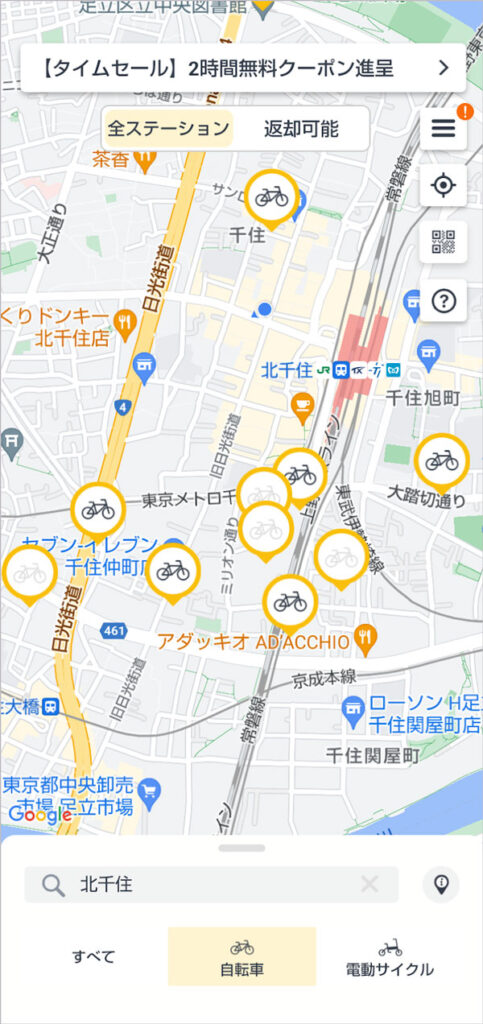
You can reserve a bicycle at stations where the bicycle icon is displayed in a dark color. Stations with no bicycles available for reservation will have the bicycle icon displayed in a light color.If you tap on any of the stations with the bicycle icon displayed in a dark color, a list of bicycles stopped at that station will be displayed. Select the bicycle you want to use and complete the reservation. Please note that if you do not start using the bicycle within 30 minutes of the reservation, it will be automatically canceled.
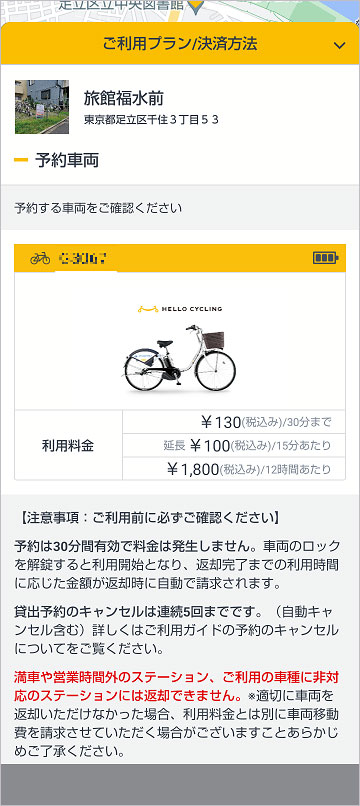
Go to the station, find the bike you reserved, unlock it with your smartphone, and you’re ready to go. When returning the bike, you don’t have to return to the station where you started, you can return it to a nearby station if there is space available. With “HELLO CYCLING,” once you register as a member, you can use shared bicycles not only in Kita-Senju but all over Japan! Please give it a try.

